Top 10 AI News
Spotify Tightens AI Policy And Trims Catalog
Spotify announced new policies regarding AI music, spam, impersonation and fraud — resulting in 75 million “spammy” tracks being deleted from its library.

Databricks Offers New Agent Ecosystem With OpenAI Models
Databricks has partnered with OpenAI on a $100 million “Agent Brick” project, enabling enterprises to deploy and manage AI agents at scale using advanced models with built-in governance and security.

Capital Spending On AI May Be Vastly Outpacing Potential Revenue
In this week’s edition of Tech’s Prototype newsletter: reports that corporate spending on AI infrastructure and talent is skyrocketing, raising concerns about a potential gap between investment and actual revenue from AI initiatives, alongside items on quantum bond trading, chip innovations and work-week experiments.

The 7 Cyber Security Trends Of 2026 That Everyone Must Be Ready For
From ransomware-as-a-service to state-sponsored cyber warfare, experts warn that the year 2026 will bring unprecedented cybersecurity threats. Businesses are advised to adopt quantum-resistant encryption and enhanced threat monitoring to prepare for the evolving landscape.

How Agentic AI Can Safely Fill Critical Mental Health Care Gaps
New “agentic” AI tools could continuously monitor users’ mental health symptoms in real time, detect patterns or crises, and deliver personalized interventions. Researchers suggest this could expand support to millions who otherwise lack access to timely care.

Why AEO May Be The Most Dangerous Acronym In AI
“Answer Engine Optimization” refers to AI systems prioritizing answers over original sources. This shift means searchers get direct AI-generated responses rather than links to information, which the author calls a perilous change that could distort public understanding of facts and “reshape truth itself.”

AI Models Acted Like Voters In 2024 And The Findings Are Startling
Researchers at MIT and Stanford tested popular AI models with political knowledge prompts and found their responses shifted over time, influenced by current events and subtle prompting. The results suggest AI systems may not be as static or objective as assumed, raising concerns for AI use in politics and news.

Zelenskyy’s UN Warning: Regulate AI In Weapons Before It’s Too Late
In a speech at the United Nations General Assembly, Ukrainian President Volodymyr Zelenskyy urged global leaders to establish international controls on autonomous weapons. He warned that “weapons are evolving faster than our ability to defend ourselves,” highlighting AI’s new role in modern conflict.

Beyond The Hype: AI’s Real Impact Is In Quiet Changes All Around Us
Instead of dramatic breakthroughs, AI’s most significant effects are “quiet” optimizations already underway in agriculture, retail, healthcare and industry. The author points to things like supply chain optimizers and smarter medical imaging as examples of AI transforming everyday processes.

No Pixel 10 Needed: Google Photos’ Conversational Editing Comes To All Android Devices
Google announced that its AI-powered photo editing feature, previously available only on the new Pixel 10, is now rolling out to all Android devices in the U.S. The tool allows users to edit photos via simple voice or text commands (e.g. “make it nighttime” or “add fireworks”).

Microsoft Reduces Israel’s Access to Cloud and AI Products Over Mass Surveillance Concerns
Microsoft has disabled certain services for an Israeli military unit after discovering that its cloud and AI tools were being used in mass surveillance of Palestinians in Gaza. The move reflects growing scrutiny over how advanced technology is applied in conflict zones.

Instagram’s Design Sparks Safety Concerns for Teens, Report Says
A congressional report finds that certain Instagram features — dubbed “deliberate design choices” — encourage addictive usage patterns among teenagers. These include infinite scroll and algorithmic feeds that keep teens engaged for longer than they intend, raising questions about user well-being despite Facebook’s revised policies.
Nvidia Partners with OpenAI to Boost ChatGPT’s Computing Power
Chipmaker Nvidia will invest up to $100 billion in OpenAI to add at least 10 gigawatts of AI data-center capacity for powering ChatGPT and future AI models. This partnership dramatically increases OpenAI’s computing power, underscoring the competitive demand for high-performance AI hardware.

OpenAI Unveils ‘Stargate’ AI Data Center in Texas with Oracle and SoftBank
OpenAI showcased its first dedicated AI data center named “Stargate” in Texas, built in partnership with Oracle and SoftBank. This facility is the first of six planned centers globally, intended to dramatically expand OpenAI’s computing infrastructure for training and running advanced AI models.

Moldova’s Election Faces AI-Driven Disinformation From Russia
In the lead-up to Moldova’s presidential runoff, authorities warn that Russian-linked sources are using AI-generated “deepfake” videos and misinformation to influence voters. For example, digital forgeries of opposition candidates are being spread online, complicating an already tense election atmosphere.

Charlie Kirk’s AI ‘Resurrection’ Ushers in a New Era of Digital Grief
An AI-generated digital version of conservative commentator Charlie Kirk appeared in a video at a virtual “worship service,” demonstrating how advanced voice cloning and animation can be used in memorial contexts. The incident has sparked discussions about ethics and authenticity as AI recreations of deceased figures become more realistic.
Albania’s ‘AI Minister’ Debuts in Parliament to Fight Corruption
Albanian officials introduced an AI-generated “minister” named Diella to address parliament on the country’s new anti-corruption strategy. The virtual figure is designed to summarize the government’s plan, signaling Albania’s push to integrate cutting-edge technology into governance and reform efforts.

AI System Learns from Many Types of Scientific Information and Runs Experiments to Discover New Materials
Researchers at MIT have developed “CRESt,” an AI platform that ingests scientific data (papers, images, experimental logs) and autonomously designs and runs lab experiments. The goal is to rapidly identify novel materials—such as more efficient battery components—by simulating and testing them much faster than human researchers can.
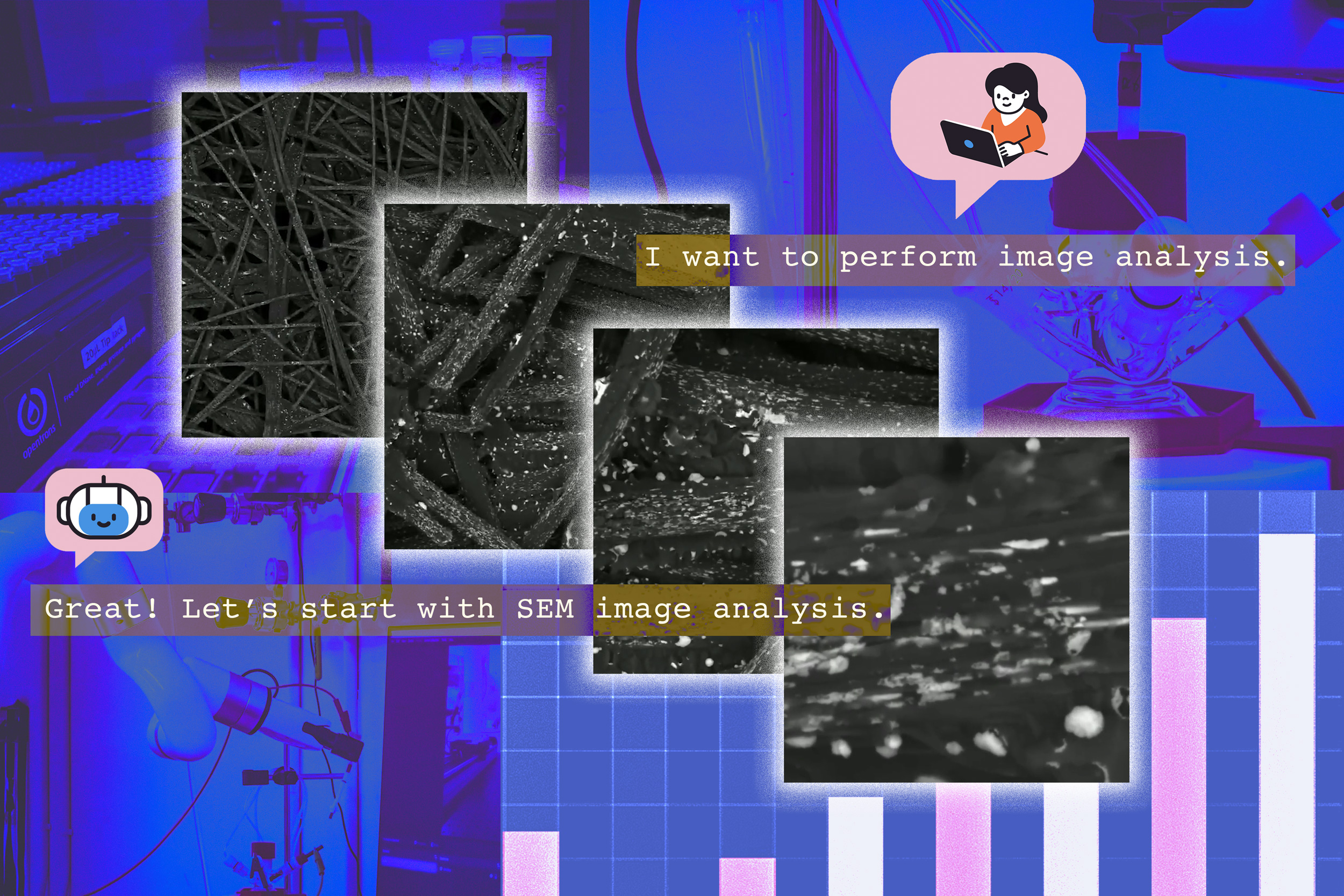
New AI System Could Accelerate Clinical Research
MIT researchers have created a machine-learning tool that can quickly annotate medical images (like MRI and CT scans) to highlight features of interest (such as tumors or organ boundaries). By speeding up the tedious labeling process, this program could help doctors and researchers analyze patient data faster, accelerating studies of new treatments and diagnostics.
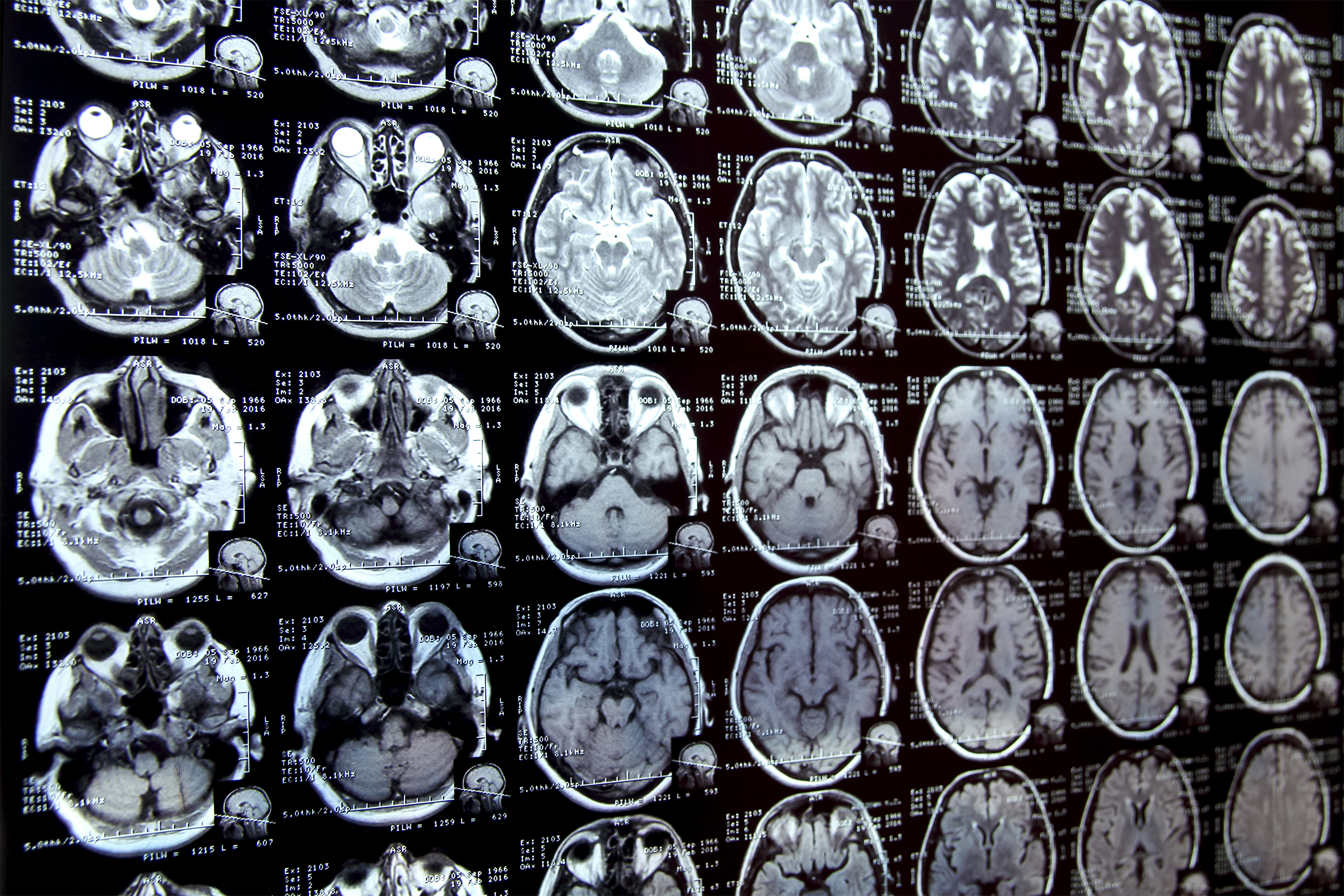
Improving the Workplace of the Future
Economics PhD student Whitney Zhang is researching how technologies and management choices shape labor markets. For example, she examines how tools like AI scheduling or productivity trackers affect worker satisfaction and performance, aiming to design future work environments that are both efficient and humane.

MIT Affiliates Win AI for Math Grants to Accelerate Mathematical Discovery
MIT mathematics researchers David Roe and Andrew Sutherland have been awarded multi-year “AI for Math” grants from the Simons Foundation. Their projects will use AI to tackle unsolved problems in number theory and geometry; for example, the AI might propose conjectures or verify proofs symbolically, potentially uncovering new theorems.
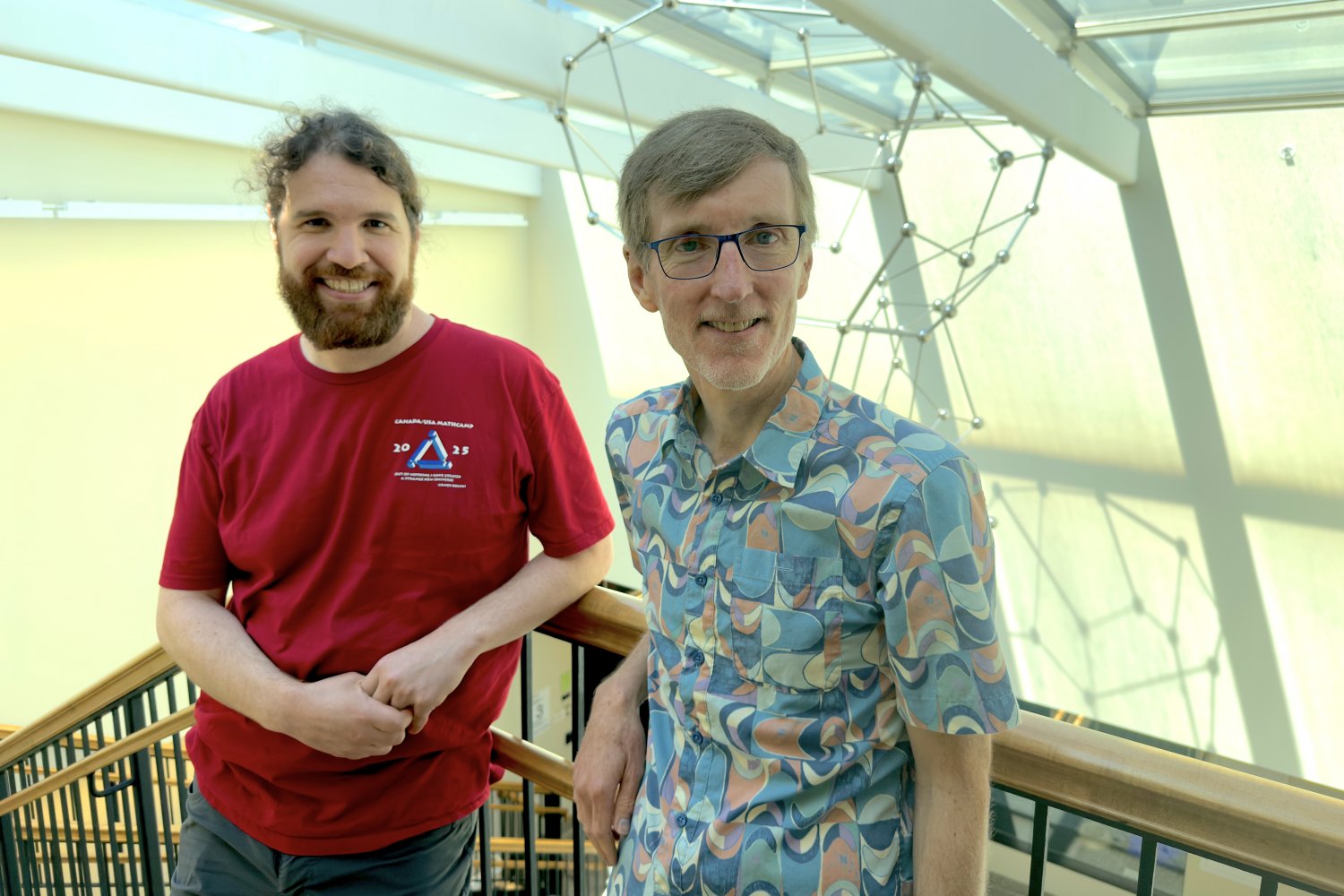
New Tool Makes Generative AI Models More Likely to Create Breakthrough Materials
Researchers introduced SCIGEN, a framework that guides generative AI models to design new materials with targeted properties. By steering the model with physics-based constraints, they make it more likely to produce realistic, feasible material structures—paving the way for AI-generated discovery of exotic materials for applications like quantum computing.
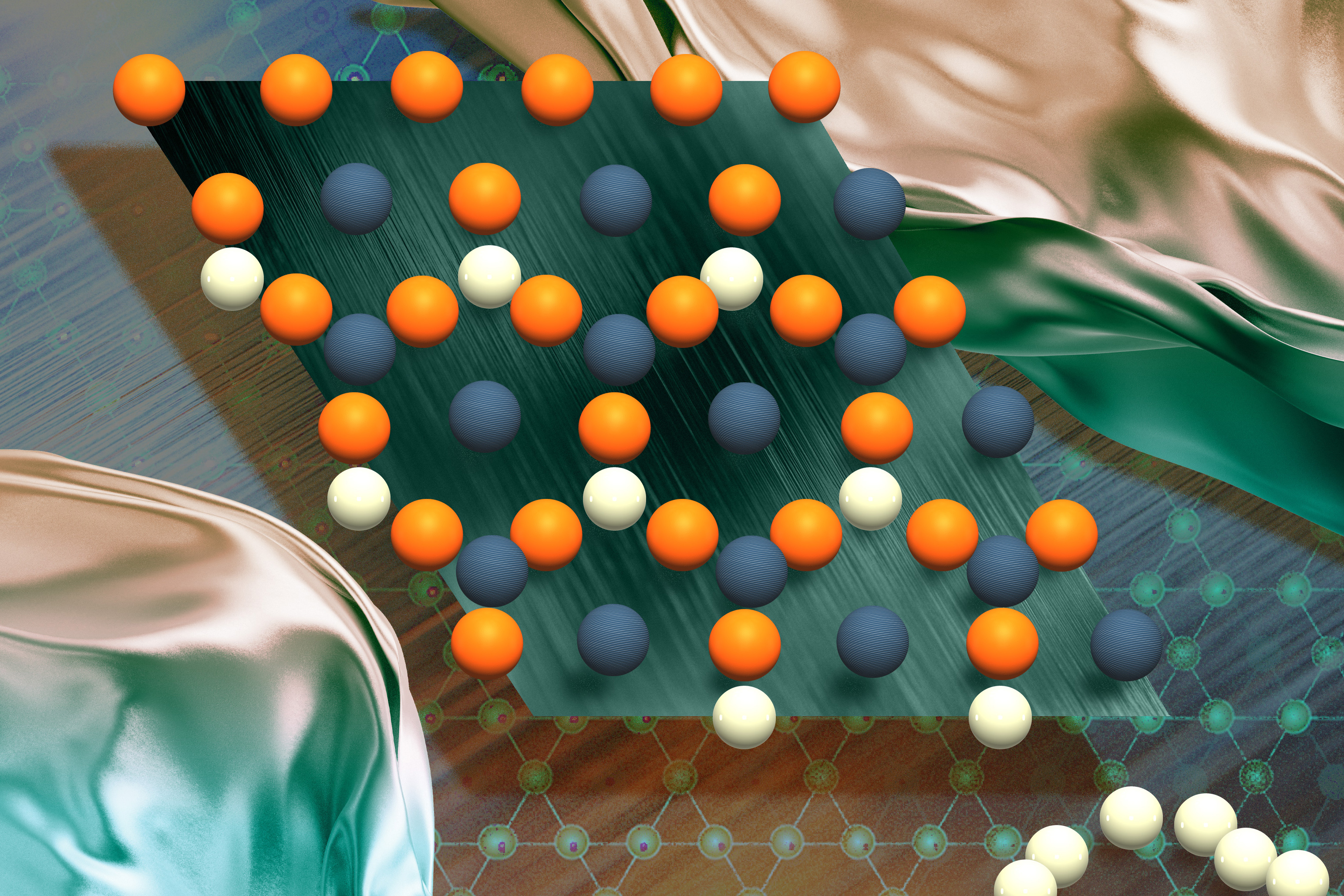
How Are MIT Entrepreneurs Using AI?
At the delta v startup accelerator, more than 50 teams showed how they integrate AI into their businesses, from a platform that personalizes tutoring content using generative AI, to AI-powered diagnostics in biotech, to AI-driven climate impact forecasting. These examples showcase how the technology is accelerating innovation across diverse industries.
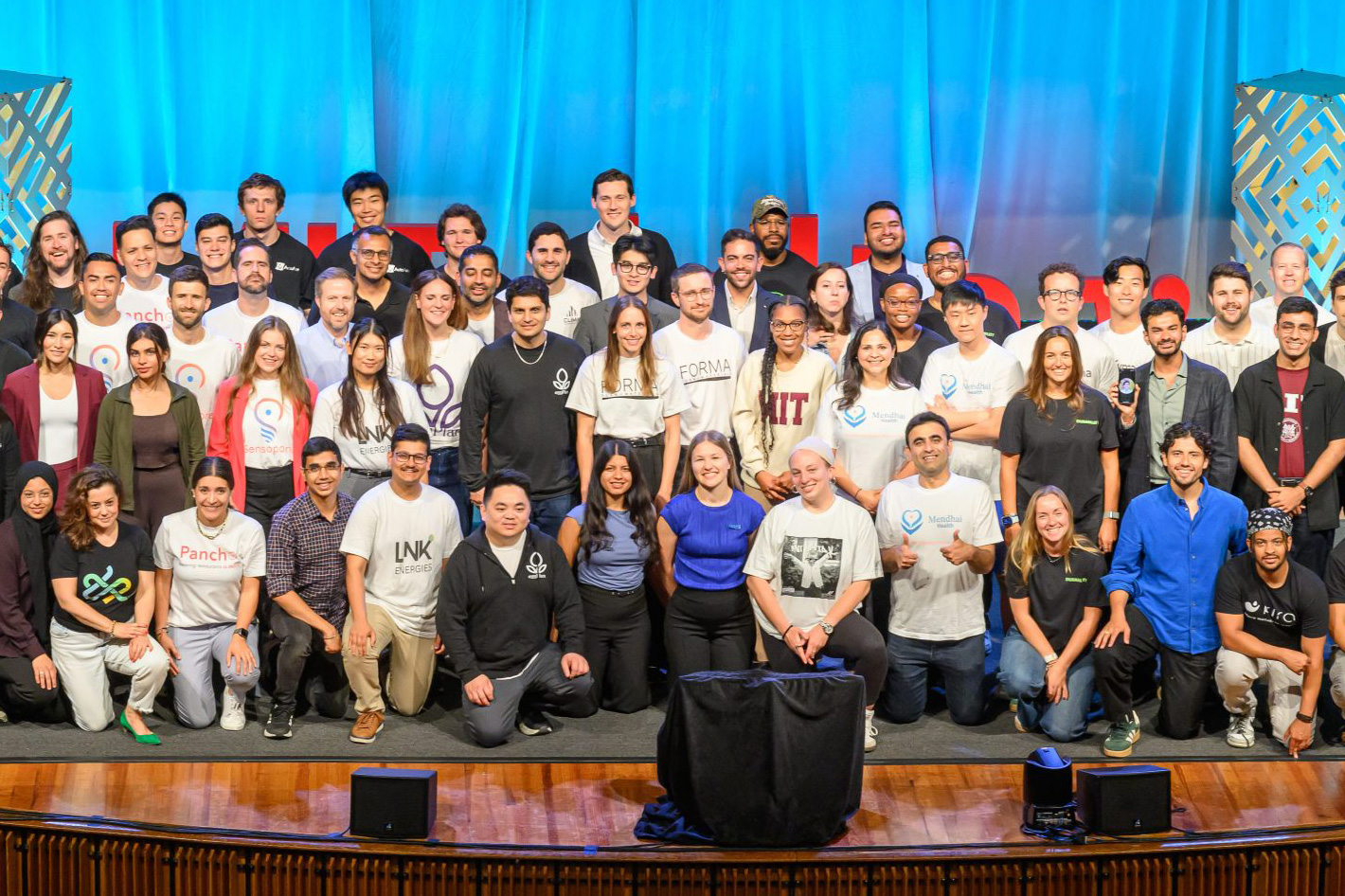
What Does the Future Hold for Generative AI?
At MIT’s inaugural Generative AI Impact Consortium Symposium, leaders from academia and industry discussed the trajectory of AI. Panelists highlighted potential breakthroughs like AI-assisted scientific research, while also emphasizing ethical use and equitable access. MIT President Sally Kornbluth stressed the need for AI development that benefits society as a whole.
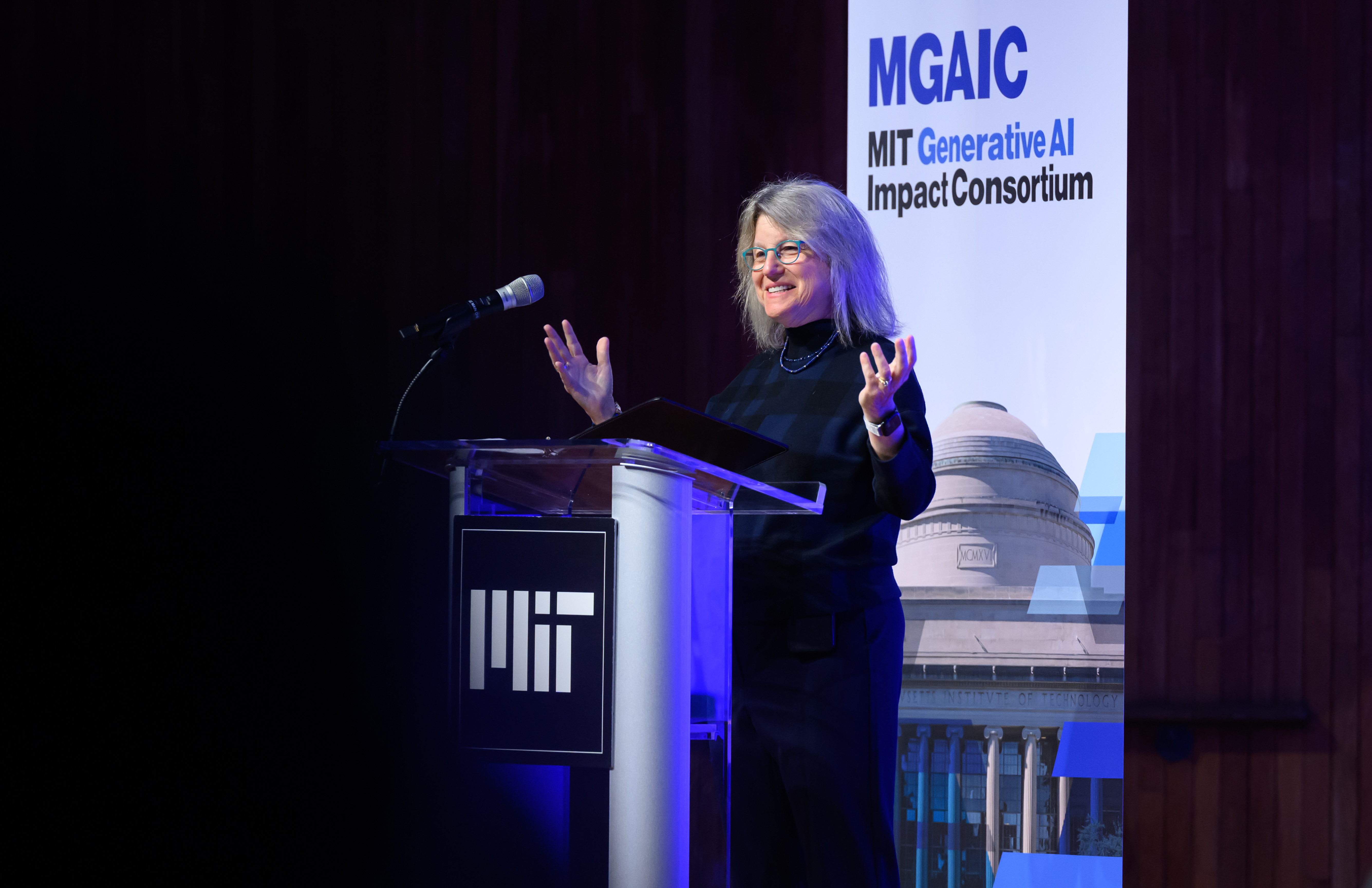
How to Build AI Scaling Laws for Efficient LLM Training and Budget Maximization
Scientists at the MIT-IBM Watson AI Lab have developed a universal methodology to predict how the performance of very large language models (LLMs) will improve as they are scaled up. By analyzing families of smaller models, their approach helps organizations estimate the required compute budget to reach a target accuracy, making LLM development more cost-effective.

Machine-Learning Tool Gives Doctors a More Detailed 3D Picture of Fetal Health
A team at MIT CSAIL created an AI tool that reconstructs a fetus’s 3D shape and movement from medical scans. This allows clinicians to inspect fetal development in unprecedented detail, potentially identifying growth issues or anomalies earlier than before and aiding in pre-birth diagnoses.

DOE Selects MIT to Establish Center for Exascale Simulation of Coupled High-Enthalpy Fluid–Solid Interactions
The U.S. Department of Energy’s National Nuclear Security Administration chose MIT to lead a new research center. The project will develop exascale-level simulation tools to model extreme environments – for example, predicting how spacecraft materials behave under hypersonic flight or atmospheric reentry. These simulations will combine AI and physics to handle complex fluid-solid interactions.

